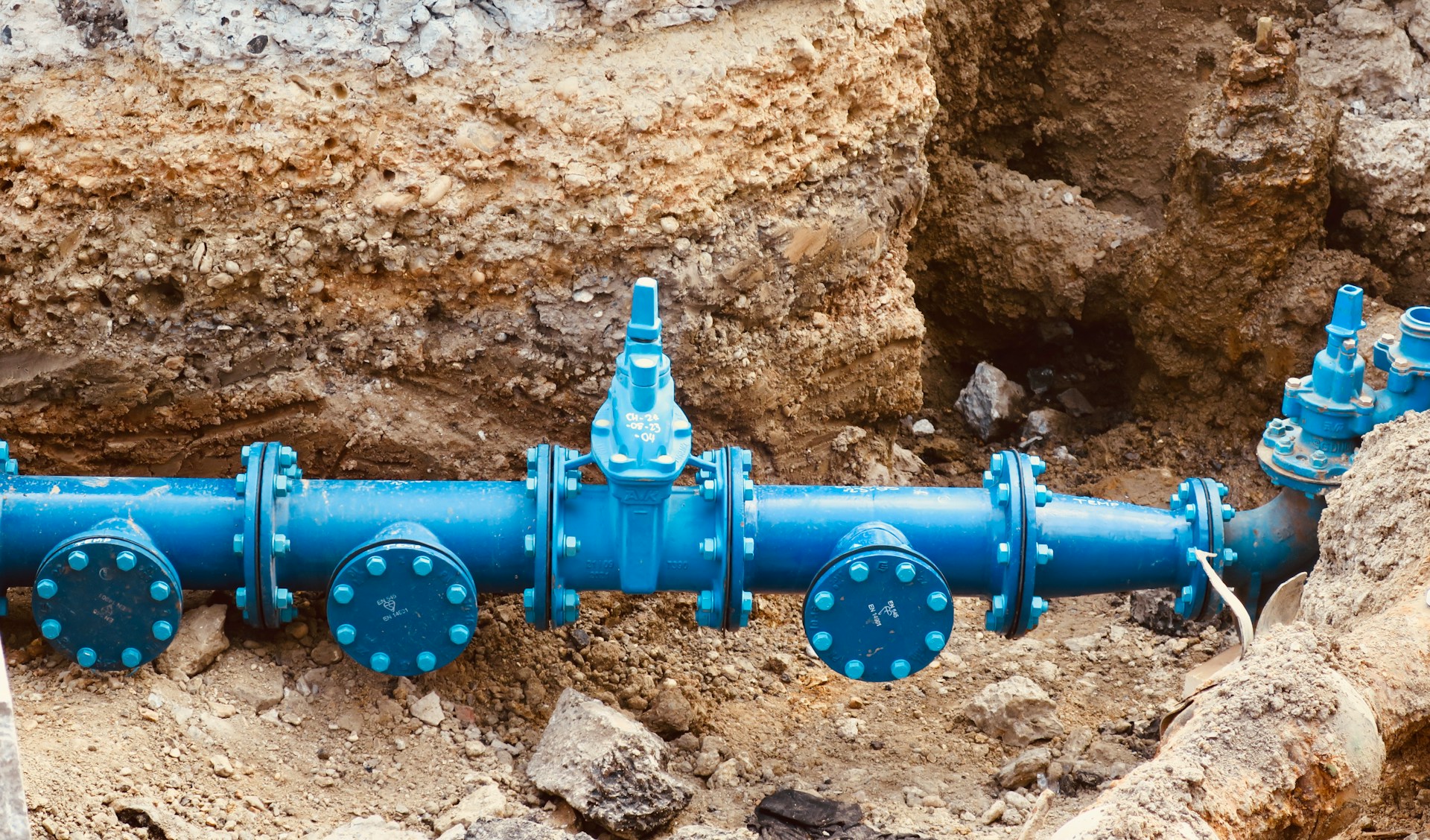The plumbing industry—once seen as labor-intensive and traditional—is undergoing a massive transformation, thanks to advancements in technology. From automation and robotics to smart scheduling and data analytics, the way plumbing services operate has changed dramatically in recent years. Businesses and clients alike are benefiting from increased efficiency, cost savings, and improved service quality.
In this article, we’ll explore how tech is revolutionizing the plumbing business and why companies that embrace these innovations are poised for long-term success.
1. Automation and Robotics in Plumbing
One of the most visible tech advancements in the plumbing industry is the introduction of robotic cleaners. These machines, ranging from vacuum bots to floor scrubbers, can operate autonomously and cover large areas with minimal human supervision.
Benefits of Robotic Plumbing Solutions:
- Consistency: Robots follow a programmed routine, ensuring the same standard every time.
- Productivity: Machines can work non-stop, freeing up human workers for more complex tasks.
- Cost-effectiveness: Although the initial investment may be high, the long-term labor savings are substantial.
Large commercial buildings, airports, and hospitals are increasingly adopting robotic cleaners to maintain hygiene standards with efficiency and accuracy.
2. Smart Scheduling and Workforce Management
Manual scheduling is a thing of the past. Modern plumbing companies now use smart workforce management systems to allocate jobs, monitor performance, and track real-time updates. These platforms allow managers to deploy staff more effectively and adjust schedules dynamically based on changing requirements.
Cloud-based platforms and mobile apps give employees access to their tasks and allow for instant communication, enhancing transparency and accountability. This results in:
- Reduced downtime
- Faster response times
- Better client satisfaction
3. IoT-Enabled Plumbing Equipment
The Internet of Things (IoT) has opened doors to intelligent plumbing solutions. Connected devices can track usage, performance, and maintenance needs in real time. For example, a smart vacuum may alert a manager when it needs a filter change or battery recharge.
This level of data-driven management reduces equipment downtime and ensures tools are always ready for operation, leading to a more proactive plumbing strategy.
4. Data Analytics for Quality Control
Data is transforming how plumbing services are measured and improved. Companies can now analyze metrics such as:
- Job completion times
- Frequency of services
- Customer feedback
- Employee efficiency
This information enables continuous improvement. Managers can identify patterns, pinpoint underperforming areas, and implement corrective actions quickly. Data dashboards and reporting tools also provide transparency to clients, building trust and satisfaction.
5. Eco-Friendly Innovations
Sustainability is no longer optional—it’s a demand. Tech has paved the way for greener Plumbing practices through energy-efficient machines, biodegradable plumbing agents, and optimized supply usage.
Some companies are using AI algorithms to reduce waste by analyzing consumption patterns and suggesting more sustainable alternatives. These efforts not only support environmental goals but also improve brand reputation and compliance with green regulations.
6. Enhanced Client Experience Through Digital Platforms
Clients today expect more than just a clean space—they want visibility, communication, and convenience. Forward-thinking plumbing providers now offer:
- Online booking systems
- Digital service reports
- Client portals for feedback and scheduling
One example of a company offering professional facility solutions through modernized technology is this full-service commercial provider. Their approach highlights how digital tools can elevate customer experiences and operational efficiency simultaneously.
7. Virtual Training and Remote Supervision
The rise of online training platforms and augmented reality (AR) tools has improved how Plumbing staff are trained and supervised. These technologies reduce onboarding time, ensure consistent training standards, and allow supervisors to remotely inspect job sites via live video or AR-enhanced tools.
This creates a more skilled workforce, ready to handle both routine and specialized plumbing tasks with confidence.
Final Thoughts
Technology is not just supporting the plumbing industry—it’s reshaping it. Businesses that adopt innovations like robotics, IoT, data analytics, and digital platforms are gaining a competitive edge in a rapidly evolving market. Whether you’re a startup or an established provider, integrating tech into your plumbing services is no longer optional—it’s essential for growth and sustainability.
As the plumbing industry continues to embrace digital transformation, companies that stay ahead of the curve will reap the rewards in efficiency, customer satisfaction, and long-term profitability.



































